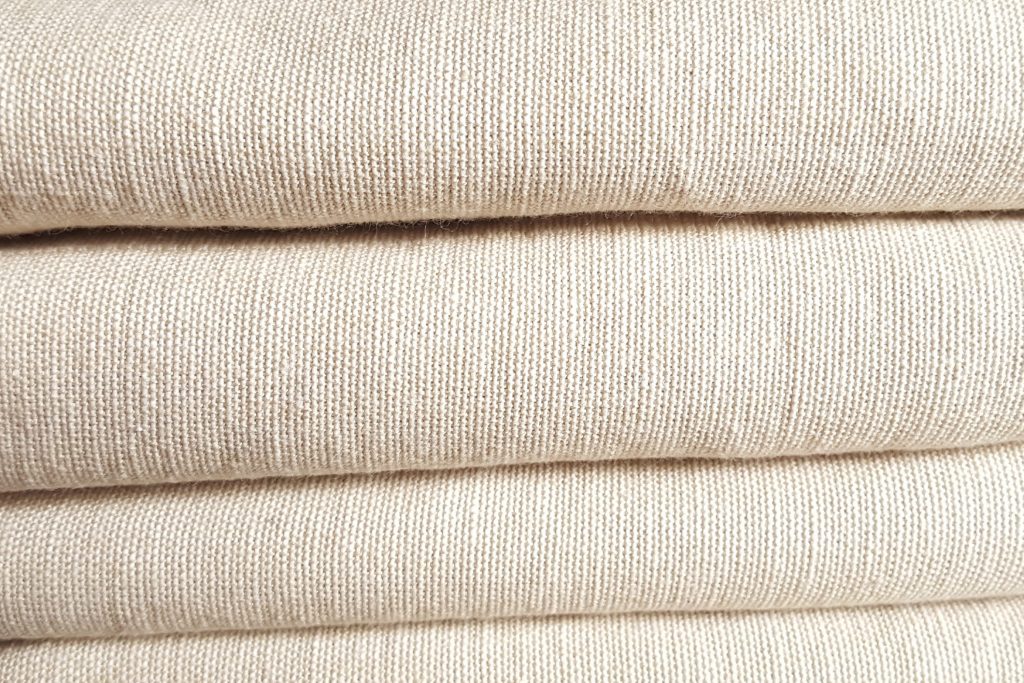What Does Sustainable Fashion Mean to You?
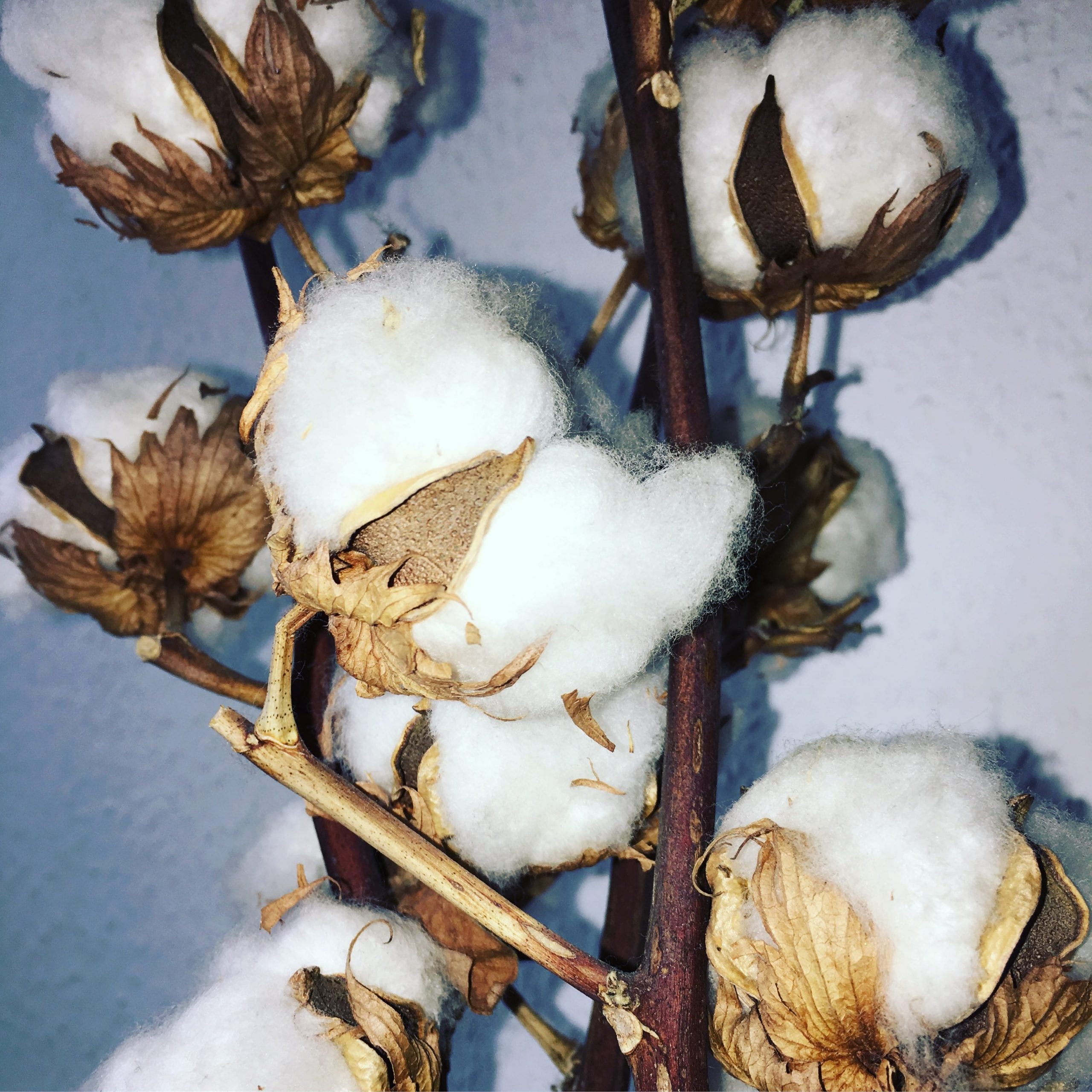
Cotton in it’s natural form
Sustainable fashion encompasses a few different categories, some that may resonate more with you than others. Whether it’s ethical production, fair wages, or more sustainable fabrics, all are important for different reasons. Today I’ll start with the most sustainable fabrics on the market, so you can narrow down your options while shopping from the brands you love.
Environmentally, it’s becoming more important for fashion brands to use sustainable fabrics when we look at the global impact of fast fashion. For example, synthetic fabrics are a major contributor to micro plastics found in our oceans. And cotton, while natural, consumes a lot of water & is chemically intensive to grow. The most sustainable fabrics on the market, both natural and synthetic, provide alternatives requiring less water and producing less waste & pollution.
The Best Natural Fabrics
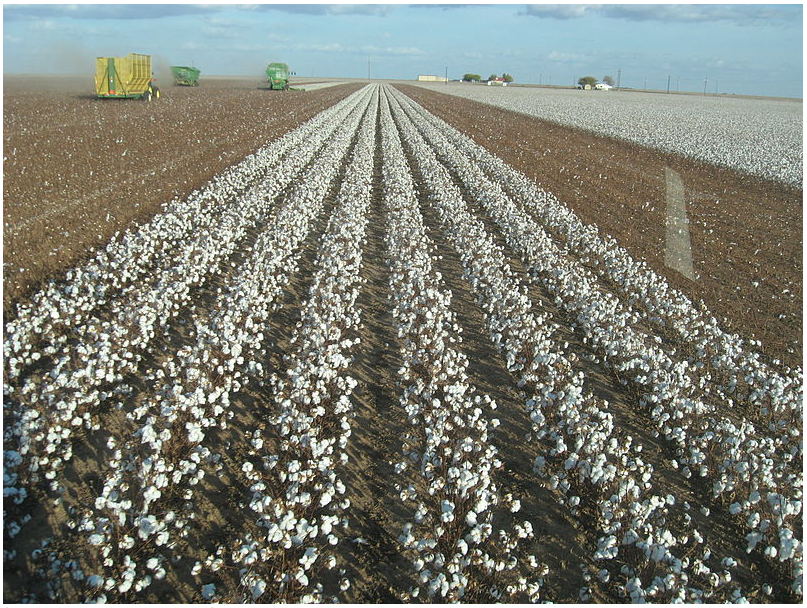
Machinery on a cotton farm
Recycled Cotton is the best of the cotton options. It keeps cotton waste out of the landfill and reduces water and energy consumption, as it requires much less water than organic cotton to produce. You can see the amount of industrialization required for irrigation and pest control to grow this crop. Recycled cotton is one of the most sustainable fabrics on the market.
Organic Hemp – this is a great choice. Hemp is a natural insulator like wool, but requires very little water and is grown world-wide. It’s been used as a fabric for thousands of years. Hemp’s fibre strength is renowned; it makes long lasting fabric and becomes softer the longer it’s worn.
Organic Linen – Similar to hemp, the flax plant requires minimal water to grow. If left un-dyed, linen is fully biodegradable. The whole plant is used in production, so there’s no waste, and it provides a lightweight cool fabric that is perfect for summer clothing.
Innovative Synthetic Fabrics
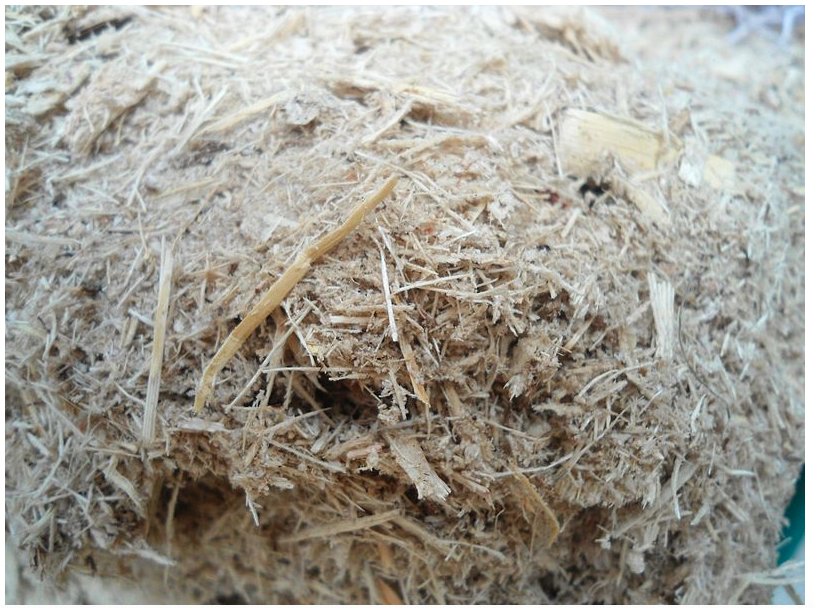 Lyocell – this is an organic form of rayon made from wood fibre pulp. It is grown in sustainable forests requiring no irrigation and minimal pesticides. The dissolving agent used to process the fibres can be reused repeatedly. It has great moisture wicking capabilities and blends well with other fabrics.
Lyocell – this is an organic form of rayon made from wood fibre pulp. It is grown in sustainable forests requiring no irrigation and minimal pesticides. The dissolving agent used to process the fibres can be reused repeatedly. It has great moisture wicking capabilities and blends well with other fabrics.
Modal – another type of rayon fabric made from wood-pulp, but requires less water and chemicals to produce. It’s soft, light and stretchy, which makes it a popular alternative to rayon. It’s also breathable and wrinkle-resistant, but is not as eco-friendly as lyocell.
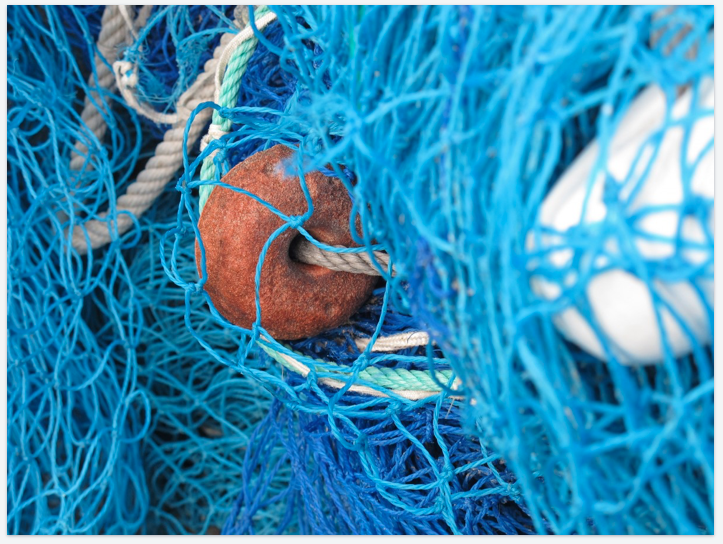
Ocean plastics for recycling
Econyl – Econyl is made from industrial plastic and waste fabric, “recycled and regenerated into a new nylon yarn”.Because econyl is made from products already in existence, it’s a closed loop system and so very sustainable. The only downfall is the shedding of micro plastics when washing the fabric, which makes it similar to other synthetic fabrics. For items that require minimal washing, like sneakers & coats, it’s a great choice.
It’s worth noting that if these fabrics are produced in countries using fossil fuels, it may well negate the positive aspects of the growth of the fabric. So fast fashion pieces using these fabrics may not be much better than their retro-chemical rivals. As another example, while Bamboo requires very little to grow, the production of bamboo fibres into fabric is a highly chemical & toxic process.
The Worst Fabrics on the Market
If possible, it’s best to avoid purchasing Polyester, Acrylic, Nylon, Elastane, and Polyurethane. These are the worst offenders when it comes to the amount of toxic chemicals used, waste & pollution created, and residual micro plastics created.
I don’t enjoy wearing these fabrics anyway. I find them unforgiving and often uncomfortable. Being non-breathable fabrics, they tend to retain odour more than natural fabrics do. They are generally cheaply made so they don’t last, and are more typical in the fast fashion industry as fabrics for short seasonal wear. I do support the resale of pieces made from these fabrics though, as it’s better than them ending up in the landfill!
What are your favourite – and least favourite – fabric options? Leave us a comment below. And stay tuned for our next instalment, a focus brands available in Canada that are making headway in the sustainable fashion industry. Good luck on your search for the most sustainable fabrics on the market.
My next blog will focus on specific brands and the best options for sustainable fashion. Thanks for reading!

